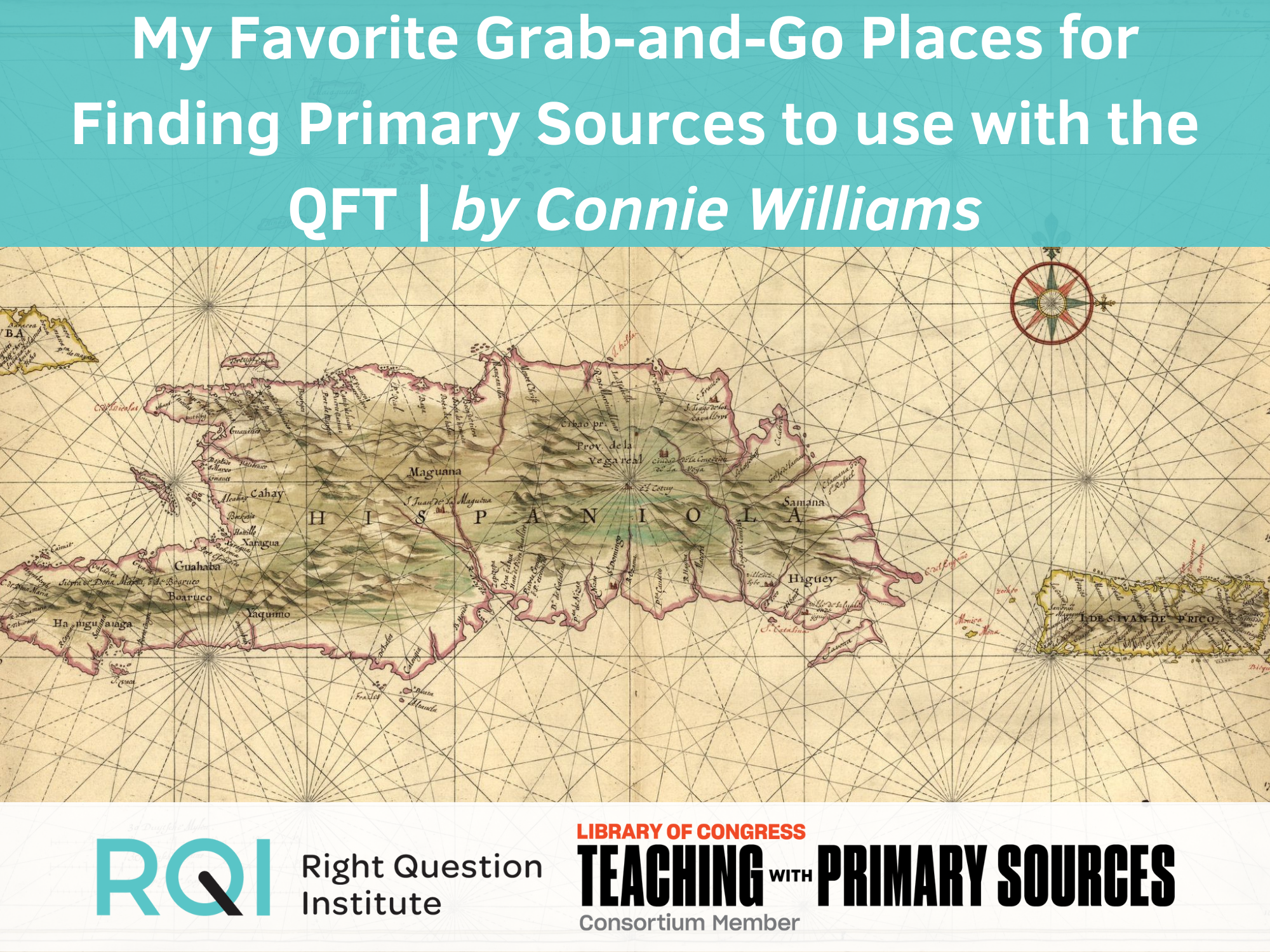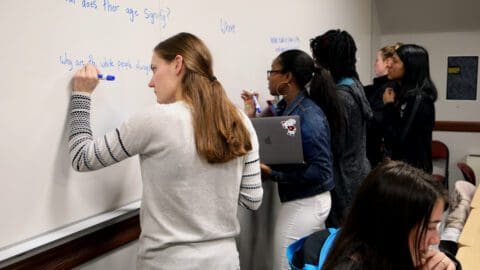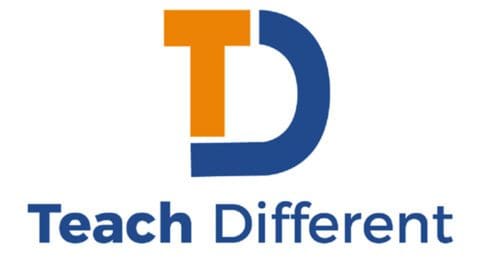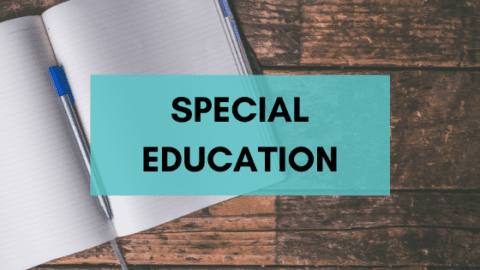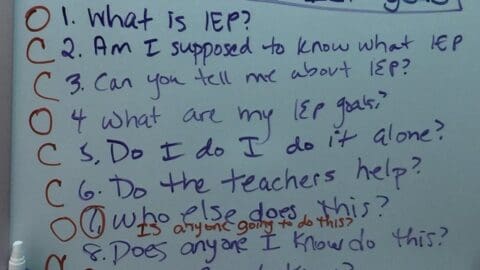As a librarian, it’s in my wheelhouse to spend time searching for ‘what’s out there.’ The Library of
Congress is right there at the top of my go-to sites for anything historical, and especially for finding
primary sources to use with the Question Formulation Technique (QFT).
Teaching + Learning
Reflection is the last step of the Question Formulation Technique, and it's an important one. Here, members of the Right Question Institute's team (Katy, Sarah, and Imaan) discuss some important things they've learned from students through those reflections.
In this episode of the Teach Different podcast, hosts Steve and Dan Fouts invite Sarah Westbrook to a discussion on…
Here are 3 key resources for implementing the QFT in a special education setting.
The QFT in Special Education: A Collection of Classroom Examples
As a speech-language pathologist (SLP), I work primarily with middle school students who have an IEP (individual education plan), and…
